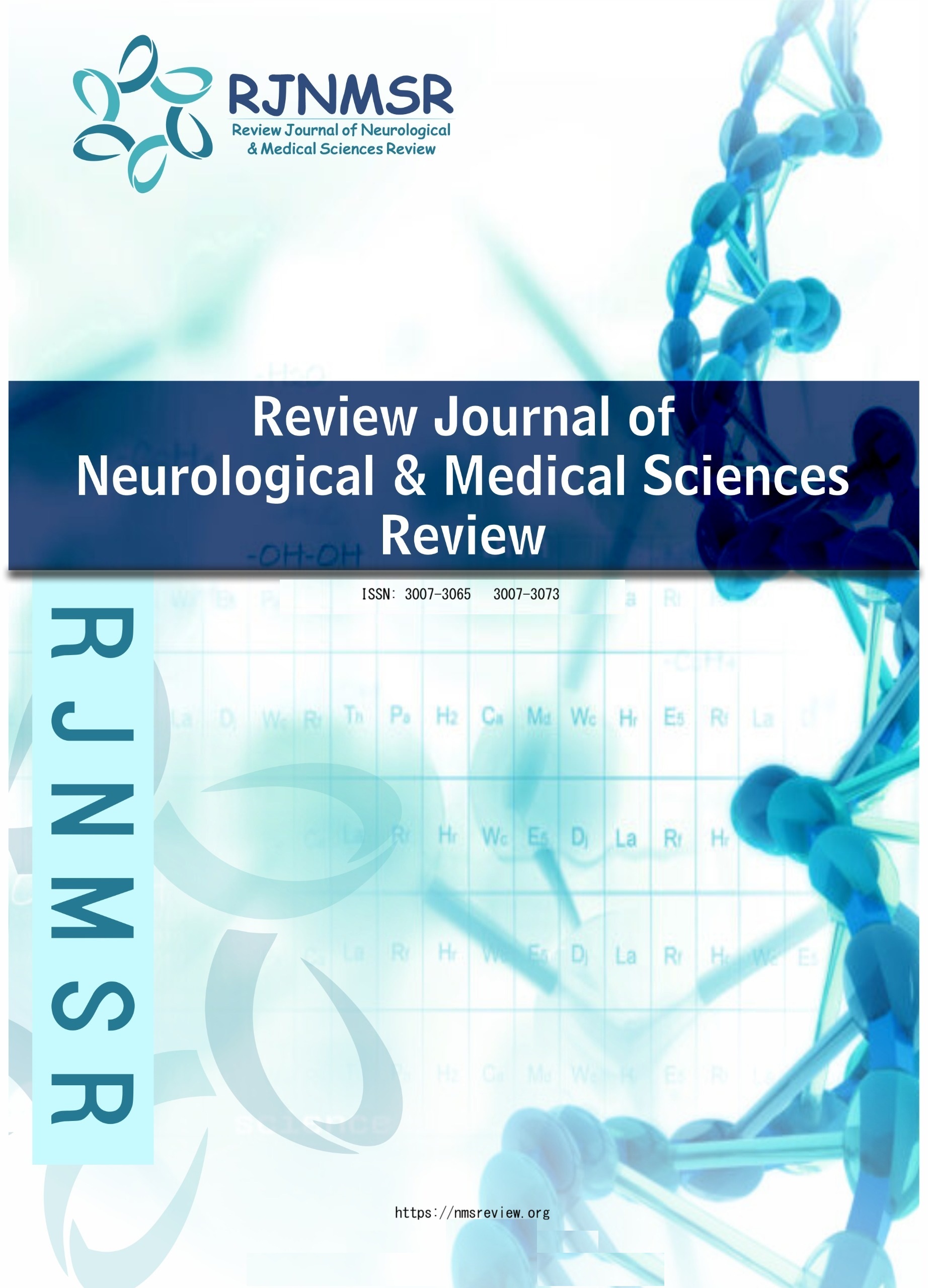OPTIMUM THERAPEUTIC APPROACHES FOR ANTERIOR PELVIC TILT AMONG PATIENTS WITH NON-SPECIFIC LOW BACK PAIN: A SYSTEMATIC REVIEW OF RANDOMIZED CONTROLLED TRIALS
DOI:
https://doi.org/10.63075/ekw9m496Abstract
Background: Anterior pelvic tilt (APT) is a standard postural deviation strongly linked with non-specific low back pain (NSLBP). Multiple physiotherapy interventions have been investigated, but comparative evidence remains limited. Objective: To synthesize high-quality evidence from randomized controlled trials (RCTs) assessing the effectiveness of TENS, Core Stability Exercises, Myofascial Release (MFR), and Posture Correction exercises in patients with APT and NSLBP. Methods: A systematic search identified 237 studies, of which 43 were RCTs. Sixteen met the inclusion criteria. Methodological quality is evaluated via the PEDro scale. Data on anterior pelvic tilt angle, pain intensity, functional disability, and balance were extracted. Results: Of the 237 records screened, 43 RCTs were retrieved for full-text review, and 16 trials met the eligibility criteria. Methodological quality was moderate to high (PEDro scores: 4–9). In the TENS group (n = 4 RCTs), interventions significantly reduced pain intensity (VAS/NPRS) with moderate improvements in functional disability, but no direct measurement of anterior pelvic tilt (APT) was reported. Core stabilization exercises (n = 4 RCTs) demonstrated clinically meaningful APT reductions (2–6°), moderate-to-high pain reduction, and substantial functional improvement (ODI/NDI). Myofascial release (n = 6 RCTs) achieved moderate APT reductions (3–5°) and high pain relief, though functional gains were moderate. Postural correction interventions (n = 2 RCTs) showed moderate APT and pain improvements, with consistent moderate functional gains. Balance and proprioception improvements were most evident in core stabilization and postural correction studies. Conclusion: Core Stabilization and MFR showed the most consistent APT correction, while TENS provided effective pain relief. Posture correction exercises demonstrated moderate benefits, but the studies were limited. Therefore, future trials should standardize outcome measures and incorporate long-term follow-up.
Keywords: Anterior pelvic tilt, non-specific low back pain, physiotherapy, randomized controlled trial, PEDro scale.

